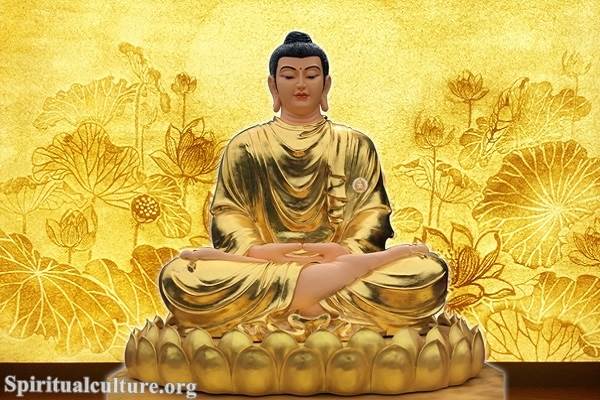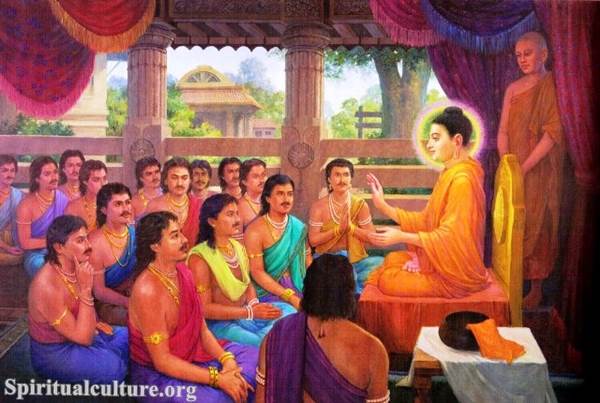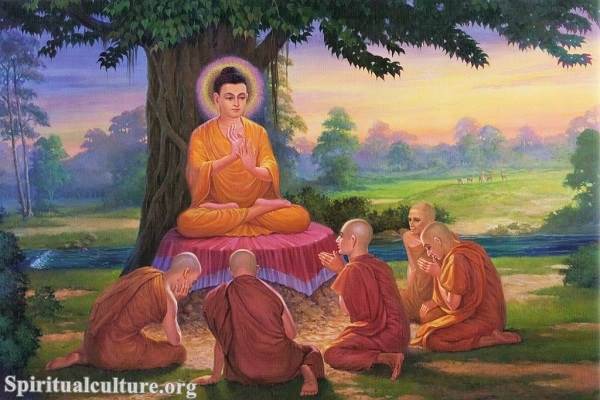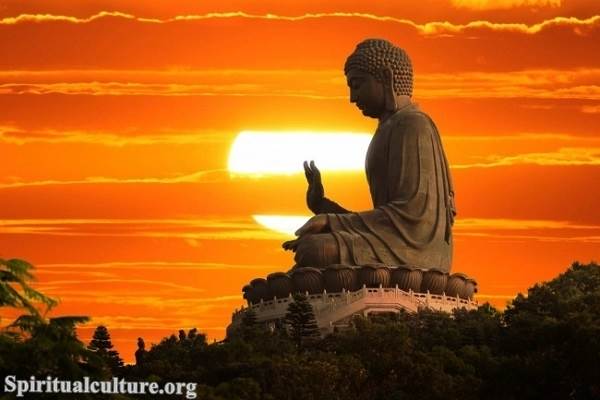The Buddha is often depicted seated on a lotus throne in Buddhist art and symbolism because the lotus is considered a symbol of enlightenment and spiritual awakening in many Eastern traditions.
The lotus is a type of water lily that grows in muddy, shallow water and emerges as a beautiful, untouched flower. This is seen as a metaphor for the journey of the spiritual seeker, who must rise above the muddy, turbulent waters of suffering and ignorance to reach a state of enlightenment and inner peace.
In Buddhist teachings, the lotus is also associated with the Buddha’s teachings, which are said to be like a lotus blooming in the hearts of those who practice and follow them. The Buddha is often depicted seated on a lotus throne to symbolize his enlightenment and the transformative power of his teachings.

In addition to its spiritual symbolism, the lotus throne symbolizes the Buddha’s royalty and high status as a spiritual leader. It is a way of honoring and paying respects to the Buddha and his teachings.
In many depictions of the Buddha, he is shown seated in a meditative pose, known as the lotus or vajra position, on a lotus throne. This pose, with the legs crossed and feet resting on the opposite thighs, is a common position for meditation and is believed to promote physical stability and mental clarity. By depicting the Buddha seated in this way, artists and Buddhists aim to honor and pay respects to the Buddha’s teachings and his attainment of enlightenment.
The lotus throne is also an important symbol in Buddhist art and symbolism. In addition to being a metaphor for enlightenment and spiritual awakening, the lotus throne is also seen as a symbol of the Buddha’s royal status and his role as a spiritual leader.
Overall, the combination of the Buddha seated in the lotus position on a lotus throne is a powerful and enduring symbol in Buddhism, representing the Buddha’s enlightenment, the transformative power of his teachings, and his high status as a spiritual leader.




